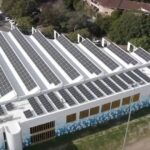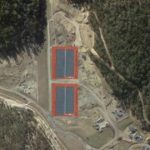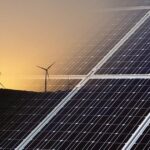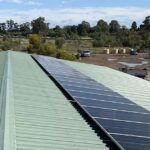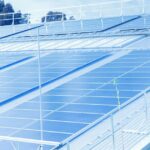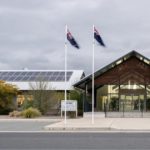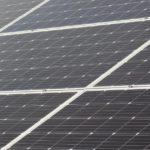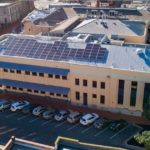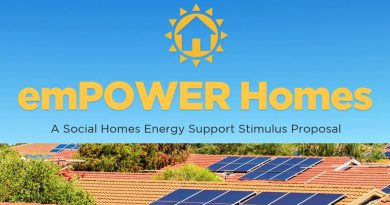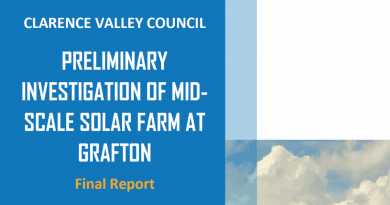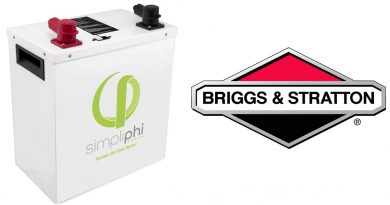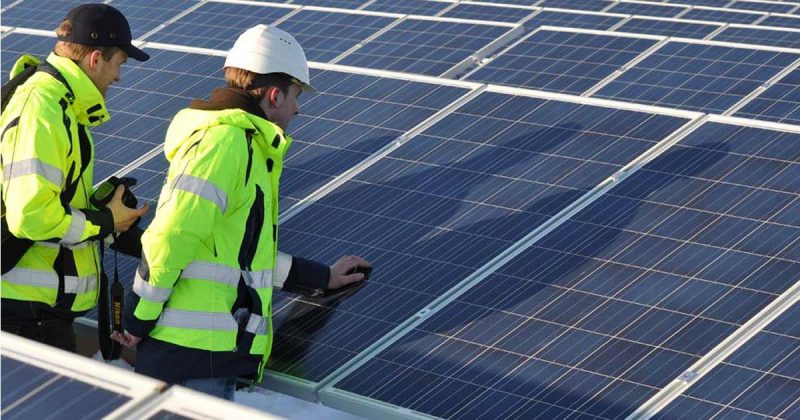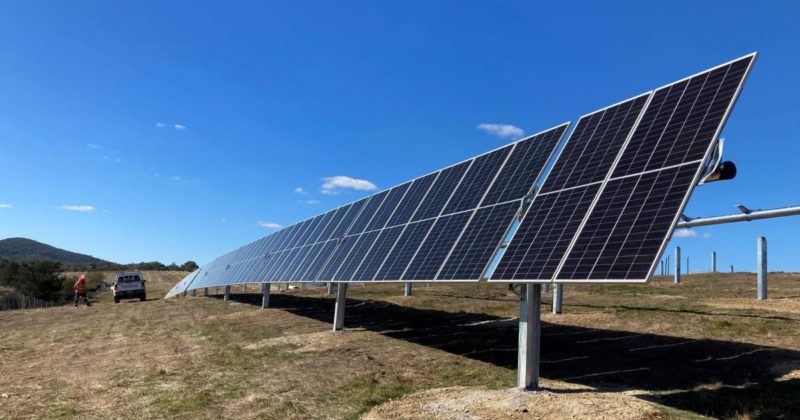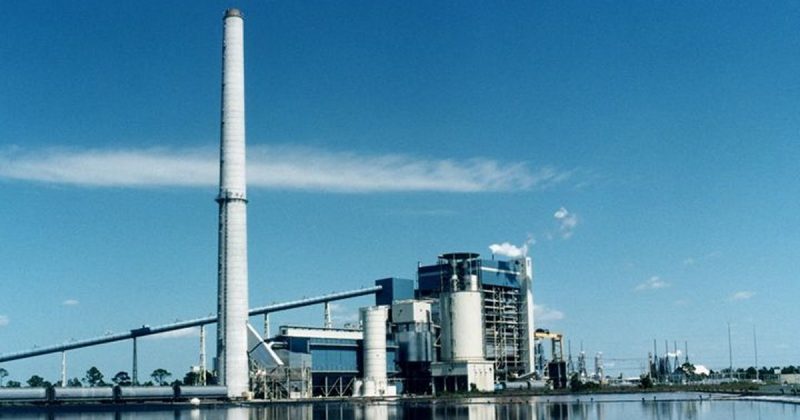Solar Power Plan Tabled For WA’s City Of Albany
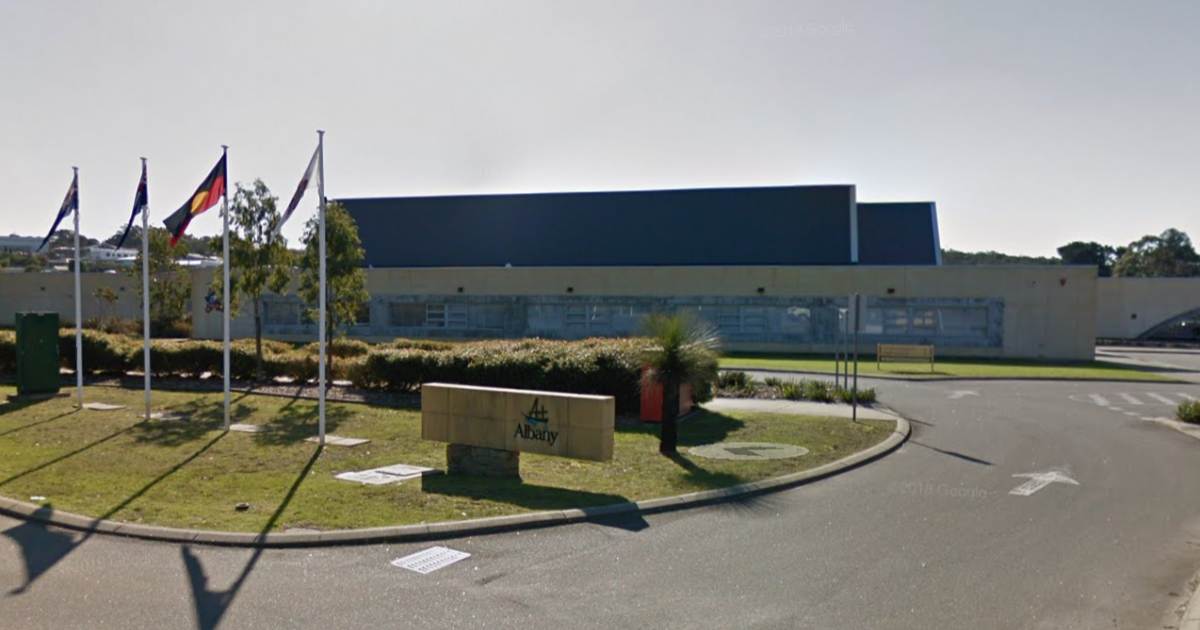
Western Australia’s City of Albany doesn’t have much in the way of solar capacity on Council assets yet, but that may change in the not-too-distant future.
Back in October, we reported on Council’s endorsement of a Climate Change Action Declaration, which included a commitment to 100% renewable energy by 2030. Solar power can help it achieve this goal but at this stage only 55kW of PV is installed on Council buildings.
A proposal tabled at Council’s meeting on Tuesday night, if accepted, would initially see another 644kW of solar capacity added – close to 12 times current capacity.
Two integrated renewable energy feasibility studies were undertaken last year to identify potential electricity cost savings through energy efficiency opportunities, optimisation of tariffs and renewable energy options. From the research, the ‘Renewable Energy Installation on City Facilities’ Business Case has been developed.
The proposed rooftop solar PV project is a three phase affair (as in stages, not power), with Phase 1 identifying an initial 11 City buildings suitable for solar panels. Envisioned to commence this financial year, the project would be delivered at an estimated cost of around $1.26 million over 5 years.
Big Savings From Solar Energy, Rapid Payback
The report states the $1.26 million is before Small-scale Technology Certificates (STCs – aka the solar rebate). With that taken into account, the cost would be approximately $902,000.
The report also notes estimated post-STC costing for a proposed 300kW system for the Albany Leisure & Aquatic Centre. While only systems no greater than 100kW capacity are eligible for STCs, perhaps that project will consist of several separate systems, which is permitted under STC eligibility guidelines.
Among other facilities and buildings earmarked for solar power installations during the first phase are the terminal building at Albany Airport (88kW), the National ANZAC Centre (73.4kW) and Library (31 kW).
Once Phase 1 is complete, collective annual electricity cost savings provided by the installations has been estimated at more than $240,000 a year. The simple payback period for the various systems ranges between 2.9 to 5.4 years.
Phase 2 of the plan would see more solar panels installed on Council owned and leased buildings, while Phase 3 involves battery storage and a Virtual Power Plant (VPP). It appears a VPP may have been considered for implementation earlier, but the Business Case concluded that due to the cost of batteries and “lack of roof space”, a VPP isn’t currently viable but energy storage was an option that should be revisited in 5 years.
Regarding the VPP, the report notes the potential for future opportunities for Council to obtain funding resulting from the McGowan Government’s Energy Transformation Strategy and Distributed Energy Resources Roadmap.
As to whether City of Albany decides to proceed with the Plan won’t be known until preparations for the 2021-22 annual budget are under way – but it seems the Library/Visitors Centre installation is already locked in as part of the City’s 2020/21 Capital Works Program.
Original Source: https://www.solarquotes.com.au/blog/solar-council-albany-mb1805/



